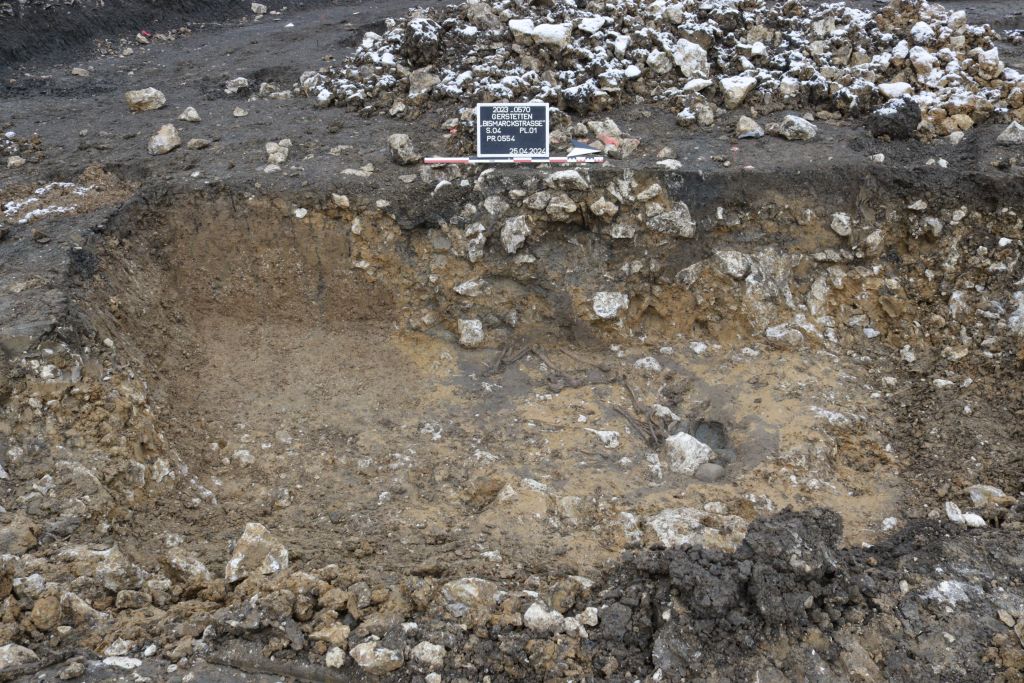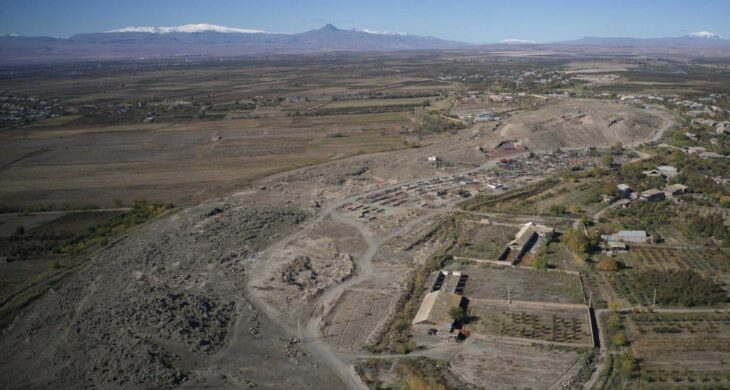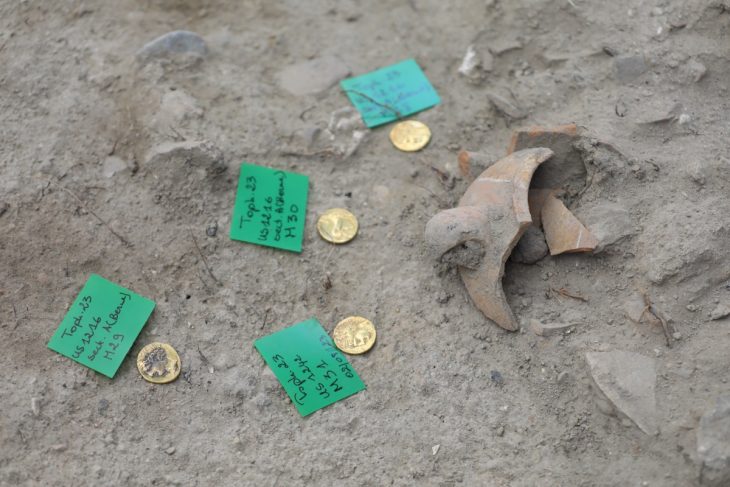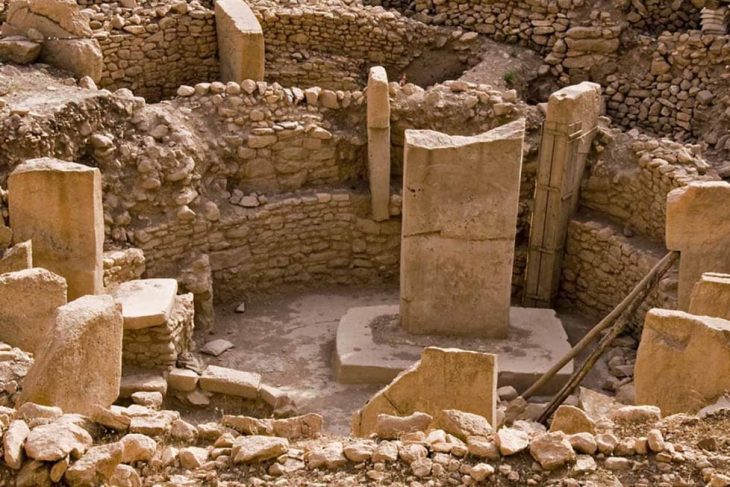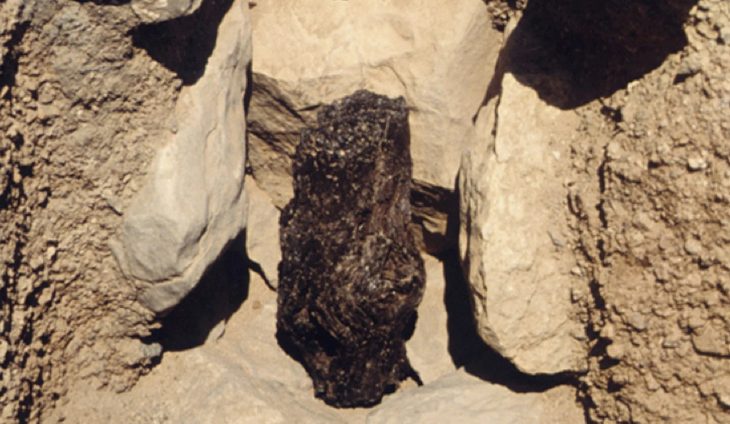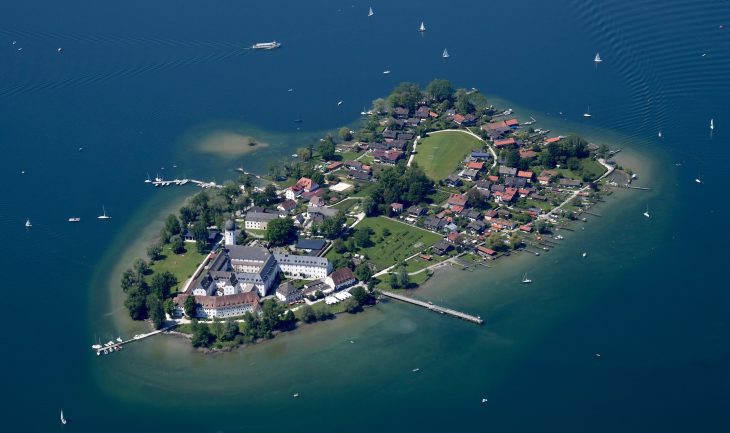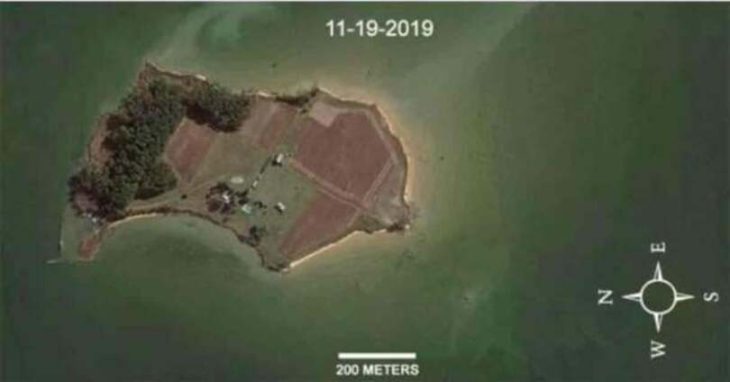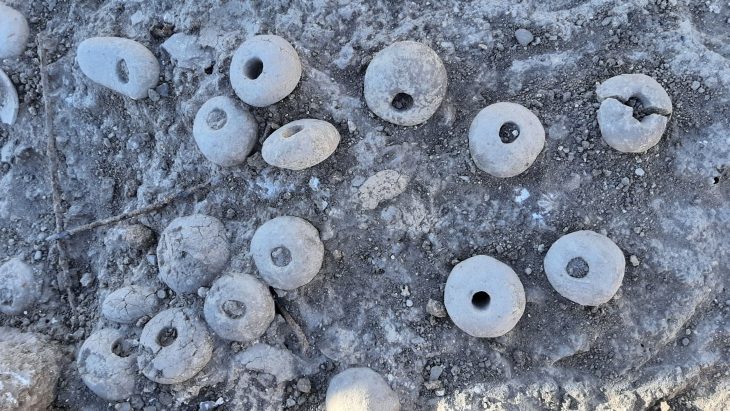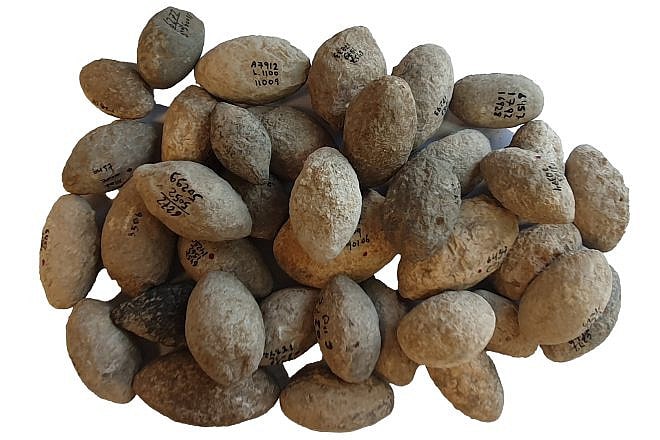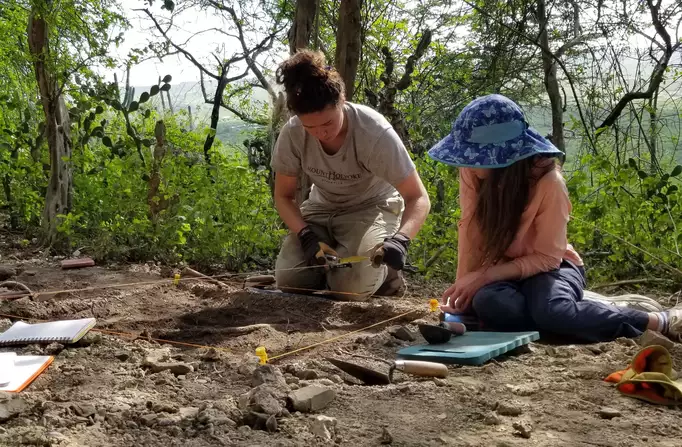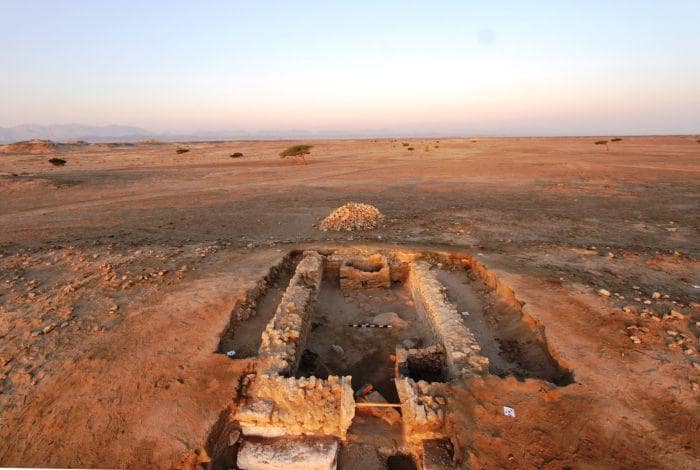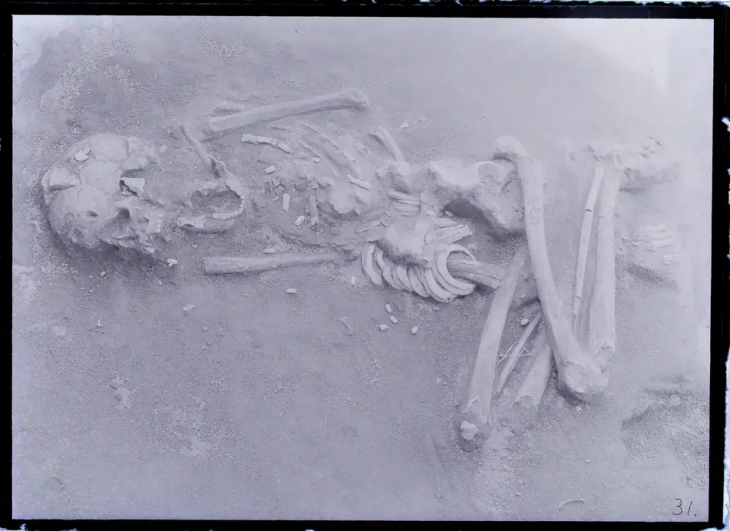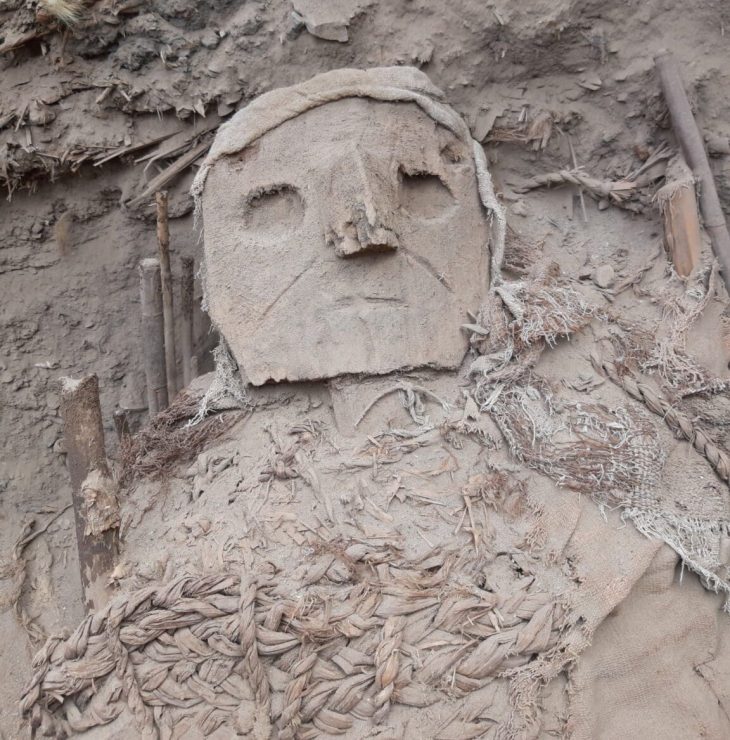During a rescue excavation in the center of the village of Gerstetten, located in the Heidenheim district of southwestern Germany, archaeologists uncovered a rare Alemannic chamber grave dating back to the early 4th century.
On behalf of the State Office for the Preservation of Monuments (LAD) in the Stuttgart Regional Council, the archaeological specialist company ArchaeoBW carried out a rescue excavation in the village center, which has been inhabited since late antiquity. The excavation was initiated as part of a rescue operation in preparation for a new housing development project in the area.
The Alemanni were a group of Germanic tribes who were in constant conflict with the Roman Empire and settled north of the province of Raetia.
The region where the tomb is located is rich in history with deep links to ancient Roman and early Germanic cultures. The village center, where the grave was found, has been continuously inhabited since late antiquity.
The grave, found unexpectedly in the village center, was constructed as an elaborate wooden chamber and contained the skeletal remains of a man approximately 60 years old. Radiocarbon dating places the burial between CE 263 and 342 and was characterized by its solitary location, a typical feature for graves from this period.
📣 Our WhatsApp channel is now LIVE! Stay up-to-date with the latest news and updates, just click here to follow us on WhatsApp and never miss a thing!!
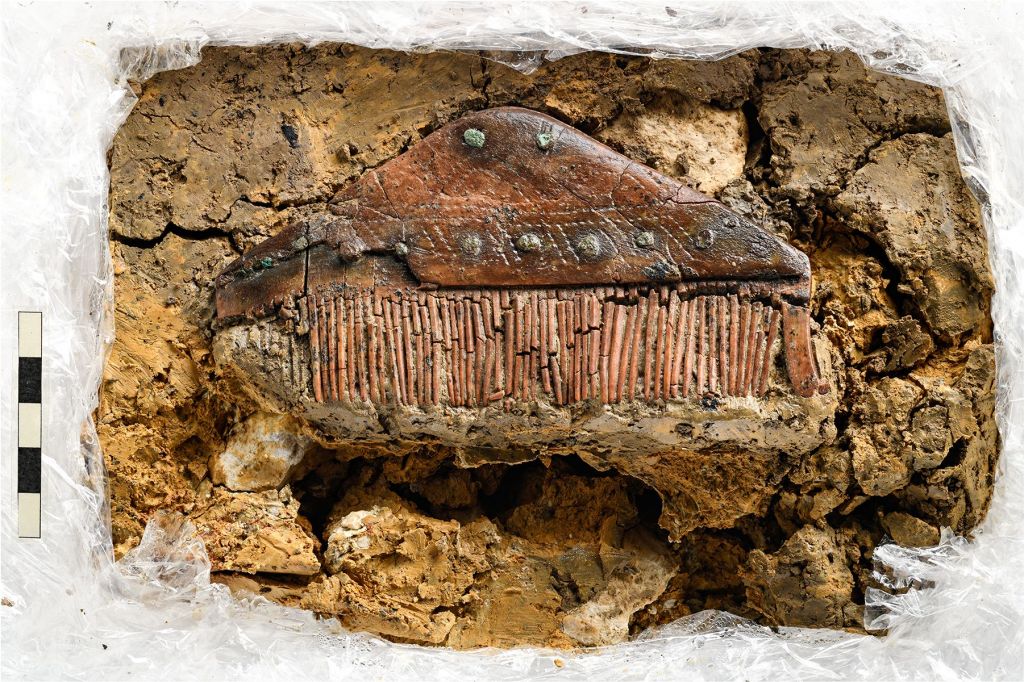
Among the objects found in the tomb were ceramic and glass vessels, a high-quality glass cup, as well as an amazing small comb with all its teeth and handle practically intact.
The glass cup is believed to have originated from the nearby late Roman fort of Guntia (modern-day Günzburg). The other funerary objects have clear similarities with discoveries from the central Elbe-Saale region.
The grave’s design and valuable artifacts indicate the deceased held significant status in Alemannic society.
In the Baden-Württemberg region, early Alemannic graves are uncommon, so the discovery is especially noteworthy. Typically, small groups of five to twelve people are found in the majority of early Alemannic graves. However, the unique design of this lone grave and the high caliber of the artifacts discovered inside make it stand out.
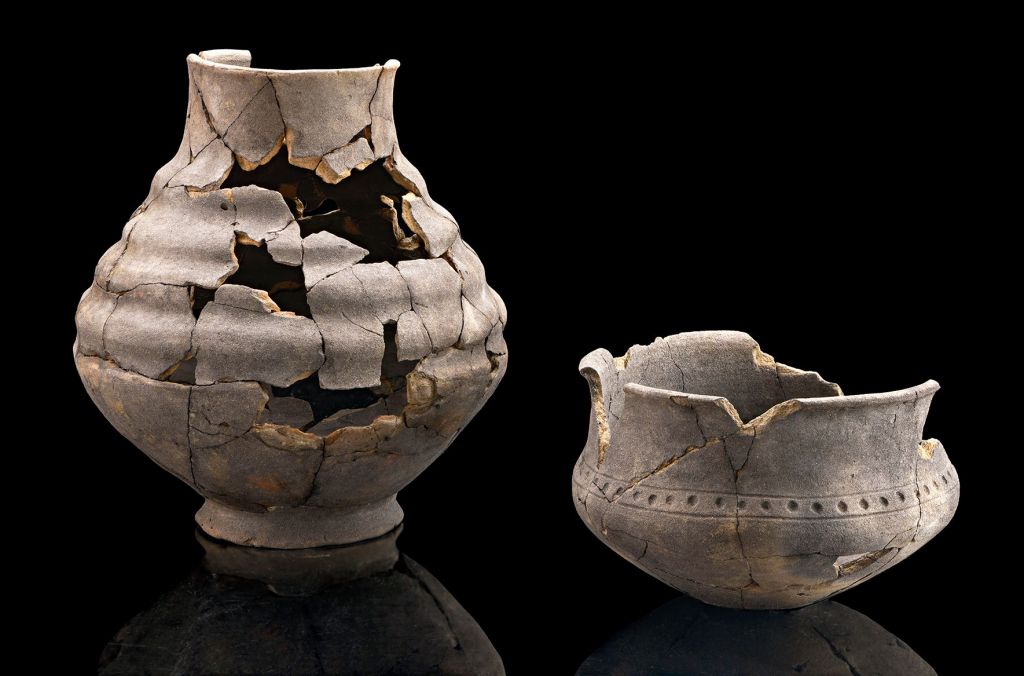
The artifacts were taken to the LAD restoration workshop in Esslingen after the excavation for additional examination and conservation. The excavation team is currently documenting the remaining finds, which include the human bones, while two ceramic vessels have already been restored.
Though the area south of the current excavation site has not yet been investigated, the Stuttgart Regional Council has expressed hope that more graves may be found there. The archaeological investigations of the site are to be continued at the end of the year.
Cover Photo: ArchaeoBW / State Office for Monument Preservation in the Stuttgart Regional Council

